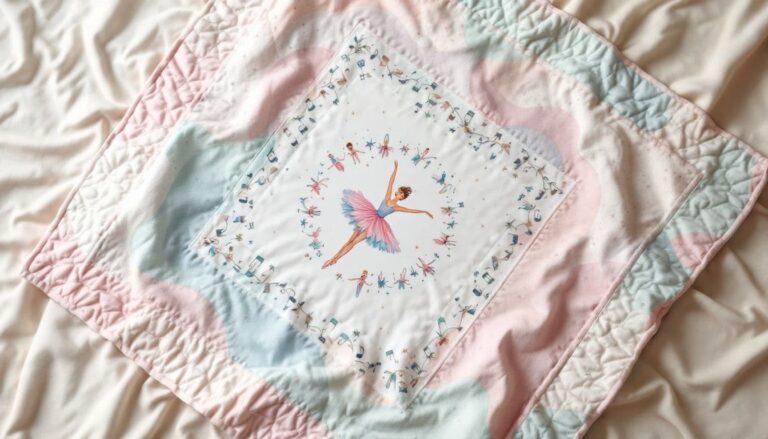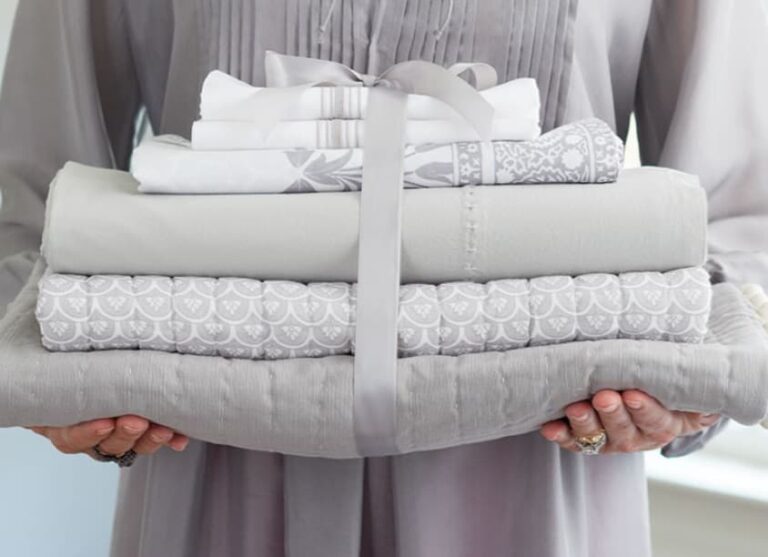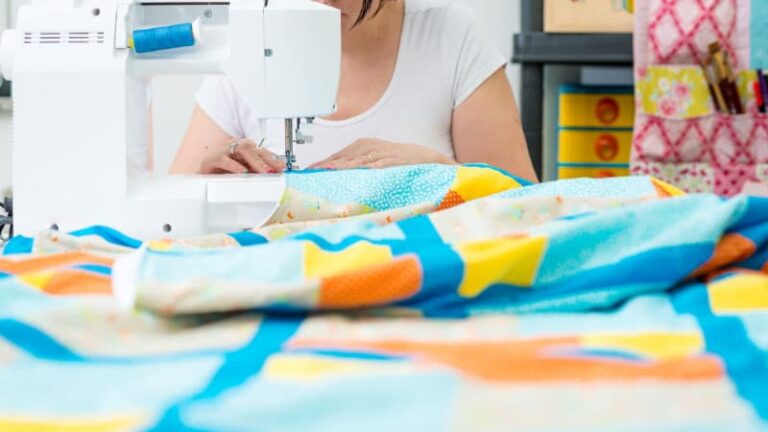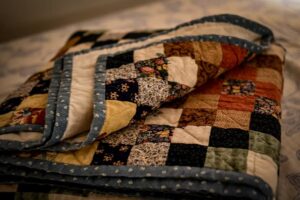The world of needlework is incredibly diverse, and among the many techniques used to create unique textiles, patchwork and applique occupy a special place. These two techniques may be similar at first glance, but in fact each has its own characteristics, history, and areas of application. Just like in Europa casinos, where attention to detail and strategy play a key role, in needlework, each technique demands creativity and individuality. In this article, we will explore their differences, features, and offer ideas for creativity.
What is patchwork?
Patchwork is a craft that involves stitching together small fabric pieces, known as patches, to form larger products. The core of this technique is the creation of intricate patterns or images by combining fabrics of various colors, textures, and styles. With origins that stretch back to ancient times, patchwork was initially a practical solution for using leftover fabrics to make clothing and household items. Over time, it evolved into an art form that celebrates creativity and resourcefulness.
History of patchwork
Patchwork, as we know it today, largely developed in the 19th century in Europe and America. At that time, women used old and unwanted pieces of fabric to create quilts, rugs and other household items. Over the centuries, patchwork became not only a way to save material, but also a way of creative expression. For example, in America during the Great Depression, patchwork became popular among peasants who found it difficult to afford expensive fabrics.
Types of patchwork
- Traditional patchwork focuses on crafting basic geometric shapes like squares, triangles, and diamonds. These shapes are then pieced together to form various designs, with popular patterns including the timeless “grape” and “tortoise” motifs. Each pattern offers a unique way to combine simple shapes into intricate, visually appealing compositions.
- Crazy patchwork – differs from traditional free composition, where pieces of fabric of different shapes and sizes are joined without a clear plan. This creates bright, asymmetrical and dynamic images.
- Eco-Patchwork – recently there has been a growing trend to use recycled materials such as old jeans, clothing and fabrics, which gives the products not only aesthetic value but also sustainable practicality.
Patchwork is used to create quilts, bedspreads, pillows, bags, and decorative panels. It is not just a sewing technique, but a way to convey your creative thought, as each scrap of fabric can carry its own story and symbolism.
What is applique?
Applique is the art of decorating fabric, paper or other materials with cut or embroidered shapes that are glued or sewn onto a basic base. This technique allows you to create images, patterns and details, adding volume and texture.
History of applique
Applique, like patchwork, has ancient roots. It has been used in different cultures for centuries. For example, in Egypt and Mesopotamia, applique was known as early as the 3rd millennium BC. In Europe, appliqué became popular in the Middle Ages, when it was used to decorate clothing and textiles such as carpets and tapestries. In Japan, appliqué was an important part of traditional art, especially in the creation of clothing.
Types of applique
- Direct applique – cut out shapes are glued or sewn directly onto the fabric along the contour. This is the simplest and most common method of applique.
- Reverse applique – the fabric is cut in such a way that the underlying fabric shows through the holes. This creates an effect of depth and interesting texture.
- Dimensional applique – shapes made with absorbent cotton or other materials are attached in such a way as to create a three-dimensional effect. This method is often used to decorate clothing or create decorative elements on bags and accessories.
Applique is widely used to create decorations on clothes, bags, towels, children’s toys and even to create paintings and decorative panels. It allows you to add individuality and uniqueness to any product.
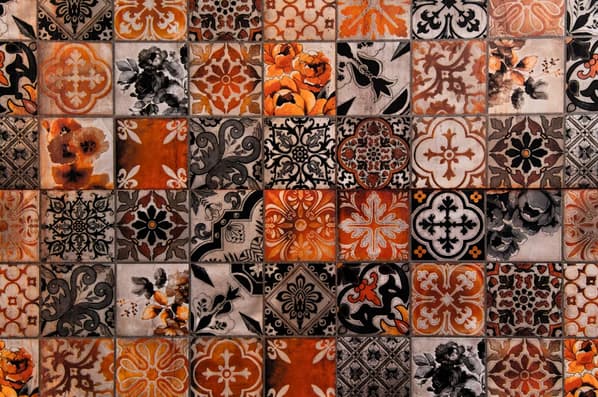
Differences between patchwork and applique
Patchwork and applique are two popular textile needlework techniques that are often confused because of the similarities in the use of fabric. However, despite their common basis, each has unique features, approaches and goals. The following table summarizes the key differences between these techniques.
| Key distinction | Patchwork | Applique |
| Technique | Sewing fabric scraps together to create a pattern or product. | Gluing or sewing individual pieces of fabric to a base. |
| Constituents | Focus is on the process of sewing patchwork together. | Emphasis on design and cutting out shapes. |
| Use of fabric | Fabrics are used in great quantity and variety to create textural patterns. | Fabrics are used in the form of individual pieces or shapes that are layered on a base. |
Using patchwork and applique in everyday life
Both techniques have a wide variety of uses in everyday life, and each can add uniqueness to your home or style. Here are some ideas on how to use patchwork and applique:
For the home
- Patchwork: This versatile technique allows you to craft beautiful blankets, bedspreads, decorative cushions, and even rugs. By incorporating patchwork, you can infuse your space with vibrant colors and a warm, inviting atmosphere.
- Applique: applique is ideal for decorating towels, bed linen or kitchen textiles such as napkins and tablecloths.
For clothing and accessories
- Patchwork: you can create stylish bags, sweaters, skirts or even jackets from scraps of fabric.
- Applique: Use applique to decorate clothes, bags, hats and other accessories. Appliques with bright colors or unique images can make your clothes truly original.
Conclusion
Patchwork and applique are both wonderful needlework techniques, each with its own distinct characteristics and uses, despite their similarities. Patchwork enables the creation of expansive artworks by combining numerous small fabric pieces, while applique focuses on adding decorative elements to garments, accessories, and home textiles. Both techniques require creativity and a keen eye for detail, offering endless opportunities for self-expression and the creation of one-of-a-kind pieces.
If you want to try your hand at one of these techniques, don’t be afraid to experiment and combine them. You can create, for example, a quilt with appliques, which will give your product a new, unusual look. The main thing is your imagination and desire to create something unique and beautiful!

